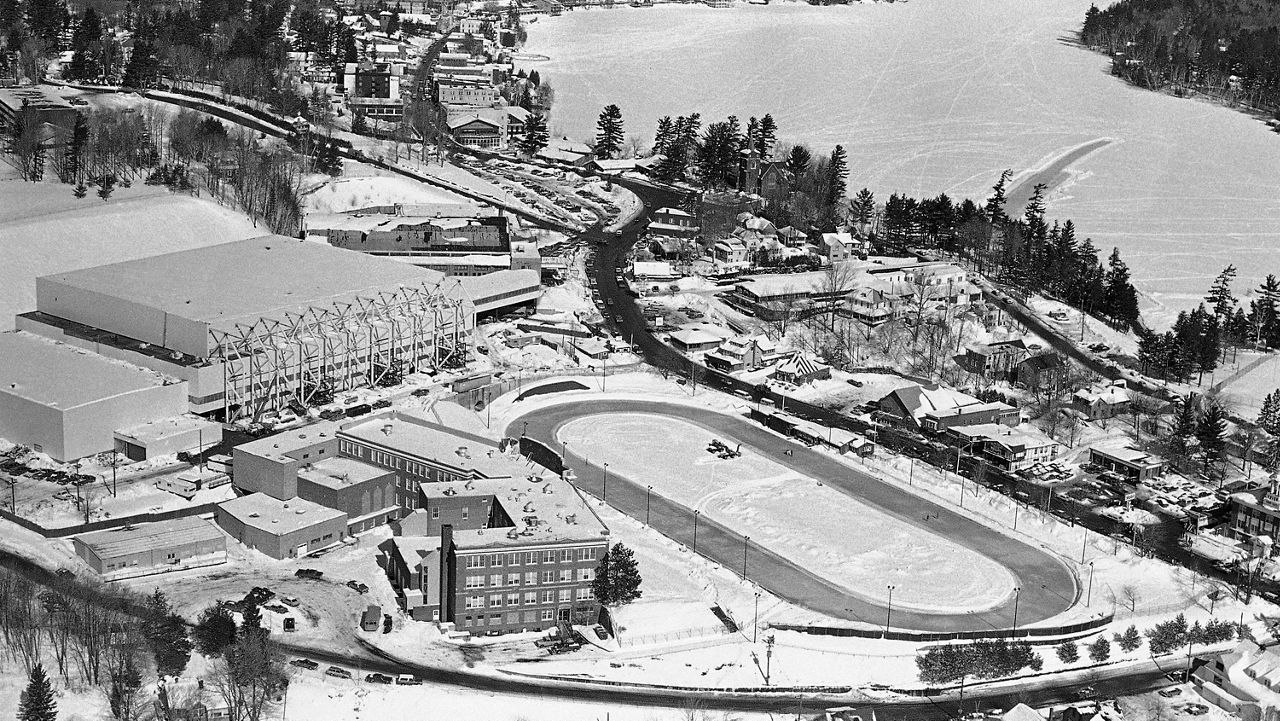The benefits of a miracle have been reaped in Lake Placid for 40 years.
The plan now is to keep those miracles — and miracle-seekers — coming.
Parts of Lake Placid's sports landscape are largely under construction again these days, a plan that walks a tightrope between preserving the area’s natural beauty and small-town charm while also finding ways keep the village a major player on the global winter-sports map and being modern enough to keep drawing athletes to town.
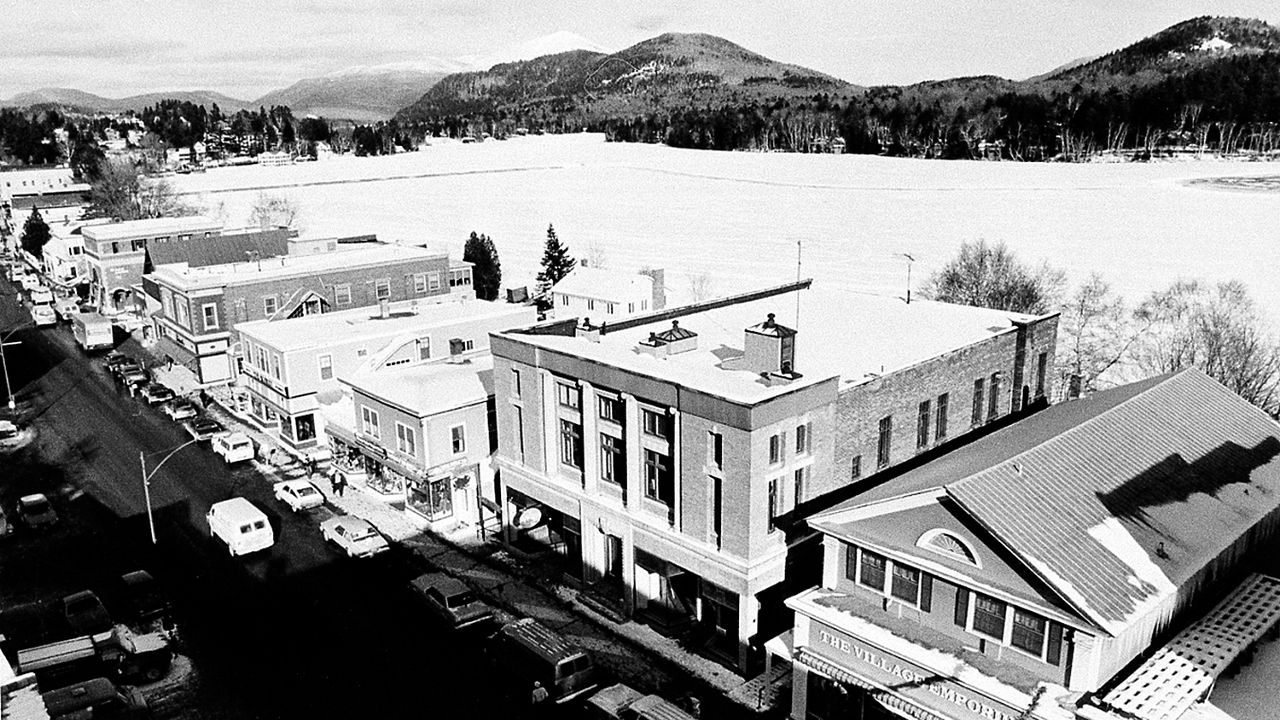
Tourism is a $1.2 billion industry in the Lake Placid region, much of it still fueled by the memory of the U.S. hockey team beating the Soviet Union as the “Miracle on Ice" highlight of the 1980 Olympic Games.
“It’s a special place,” said two-time Olympic alpine skiing medalist Andrew Weibrecht, who now helps his family operate the famed Mirror Lake Inn Resort and Spa in Lake Placid. “Between all the venues and the Olympic Training Center, having that level of athletes all together in one place, training together even though they’re not all in the same sports, it brings everyone up.”
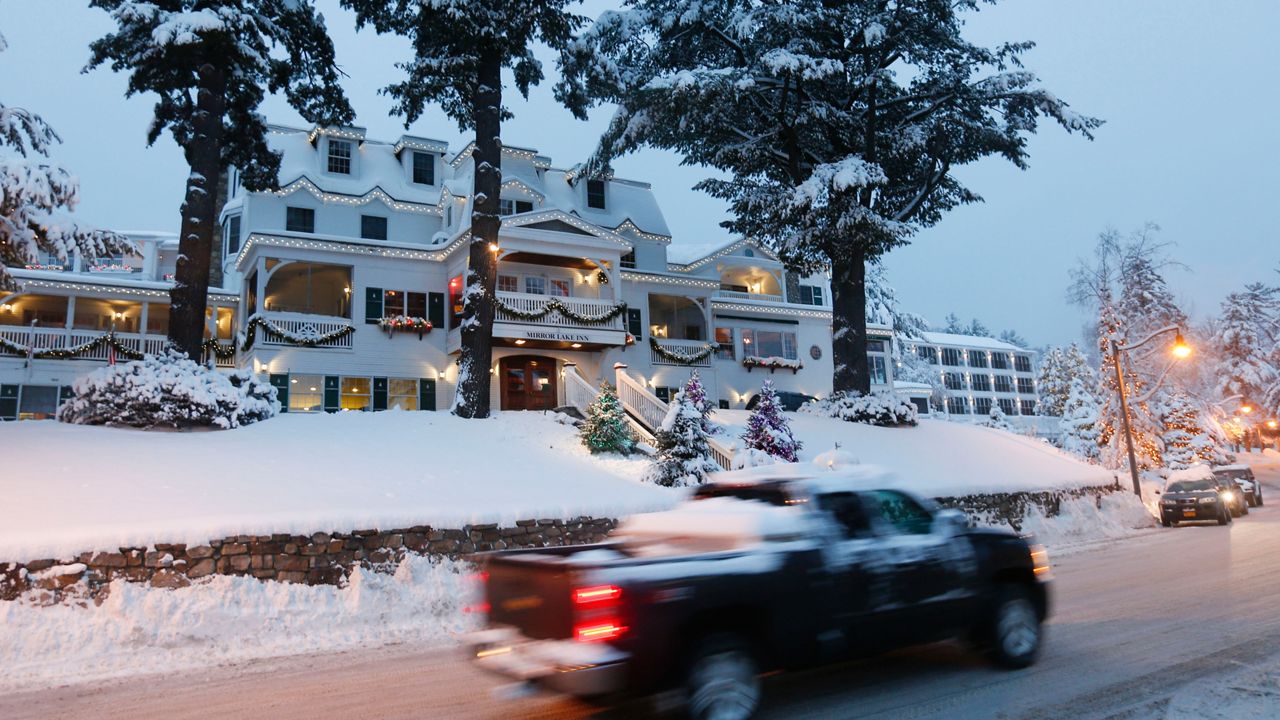
The trick now is to keep people coming to Lake Placid. And state officials are investing tens of millions to make sure that happens — a plan to keep the 1932 and 1980 Olympic village vital, unlike many other past Winter Olympic sites are mostly forgotten.
Bobsled and skeleton athletes are heading to Lake Placid next year for their world championships, and they’ll be greeted by a new base lodge — under construction now — and an indoor ice push facility for training. USA Luge will play host to World Cup racing again next winter, as it does most every year in Lake Placid. And there’s been a major push to get ready for the 2023 World University Games, where more than 2,000 athletes are expected.
- 1980 Lake Placid Olympics Still Resonate Four Decades Later
- Talking to New York's 1980 Winter Olympics Torch Holder 40 Years Later
- Figure Skating Legend Celebrates 1980 Winter Olympics Anniversary
The state has earmarked well over $100 million toward Lake Placid in the last couple of years for new facilities and improving existing ones — everything from the ski jumps to nordic trails to the Olympic Center itself. Gov. Andrew Cuomo’s budget proposal that was released last month calls for $147 million more to back an “upgrade and modernization plan to support improvements to the Olympic facilities and ski resorts.”
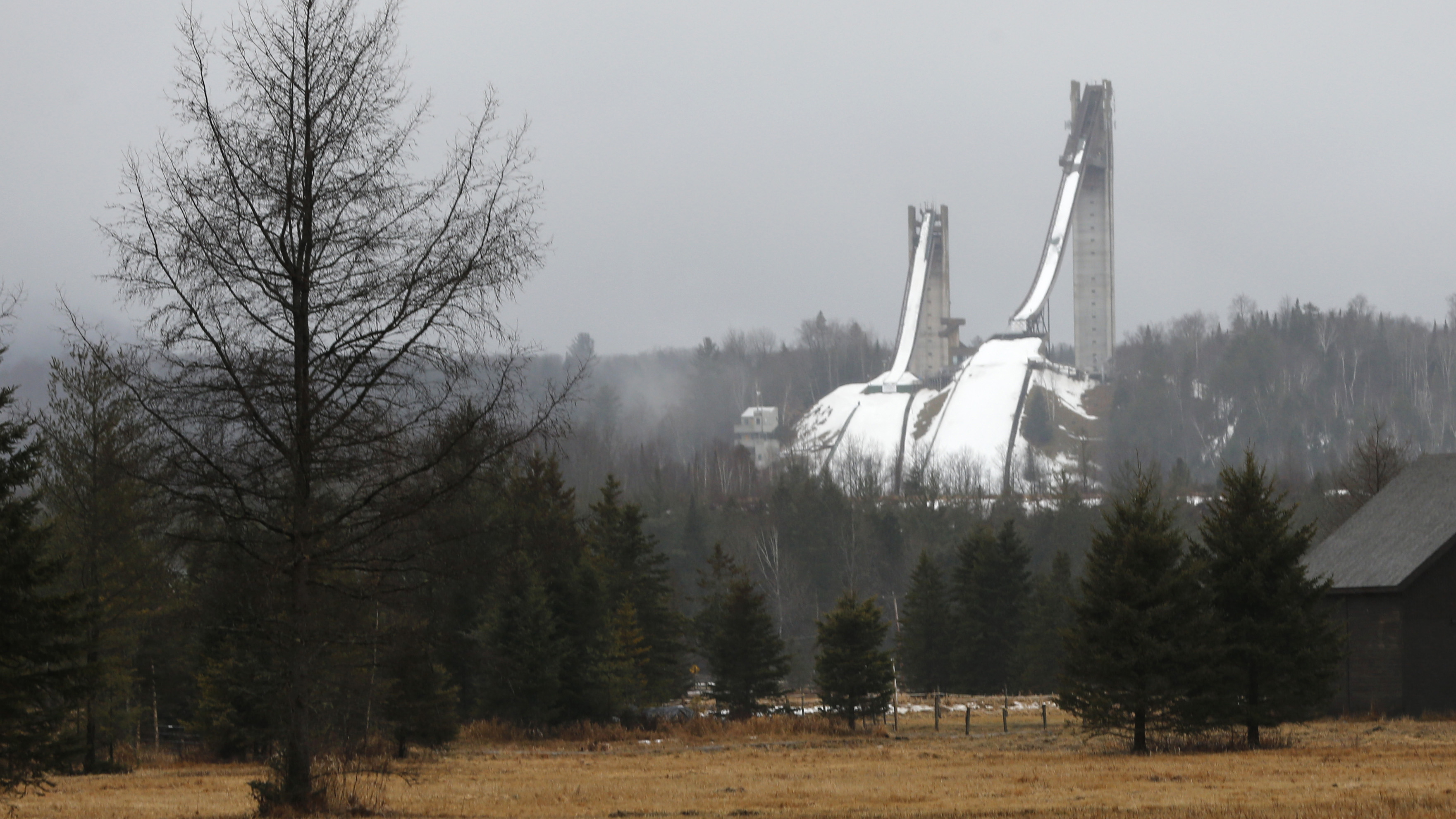
Cuomo touts the investments as ways to promote tourism, economic growth and job creation. But upgrading what’s already in Lake Placid also protects the village’s legacy.
“It's a shame that the state and a lot of places in this country don't understand how beautiful this gem is because it is internationally special,” Cuomo said. “It's not just special within the state, within the country. It is internationally special and generations before us understood that.”
Consider the Mount Van Hoevenberg complex, a few miles outside of the village. Crews are working there throughout the frigid winter to build the next phase of Lake Placid’s venue offerings — the base lodge near the bobsled track, a revamped biathlon facility, better trails and more.
What’s happening in Lake Placid is a far cry from what’s taking place at some of the places that followed it as a Winter Olympic host: Sarajevo’s bobsled track is now a bullet-riddled, graffiti-covered remnant of war; Calgary’s bobsled track from 1988 was closed last year and parts of it have since been demolished; Nagano’s track from 1998 is closed, and so is the Cesana Pariol track from 2006. Even Pyeongchang, which played host to the most recent Winter Olympics two years ago, has drawn criticism for overestimating what the long-term tourism payoff would be.
Not Lake Placid.
It is simply bustling, 40 years later.
“Every once in a while, you can be sitting on the bench of the rink and you look around and think,” said retired USA Luge star and Remsen native Erin Hamlin, a world champion and Olympic medalist. “It’s a special place, for sure.”

There are movements every few years to form a committee and explore another Olympic bid, but those efforts are mostly nostalgic. The Olympics are simply too big in their current form to be hosted by a small village, and if there’s blame to be issued there some of it, ironically, could be directed at Lake Placid because interest in the Winter Games soared after what happened in 1980.
Sarajevo in 1984 had 19% more athletes than Lake Placid did. Calgary, in 1988, had 33% more athletes than Lake Placid. By the time the Olympics got to Albertville in 1992, the number of competitors was up 68% over 1980. Nagano in 1998 had more than double the athletes from 1980, and the Beijing Games in 2022 could be the first to top 3,000 winter competitors — which would roughly triple Lake Placid.
Sports have been added since, the television deal is now measured in billions instead of millions and the evolution of security for both athletes and spectators make the logistics of another Olympics in a place like Lake Placid — where there’s basically one main drag through the center of town — impossible.
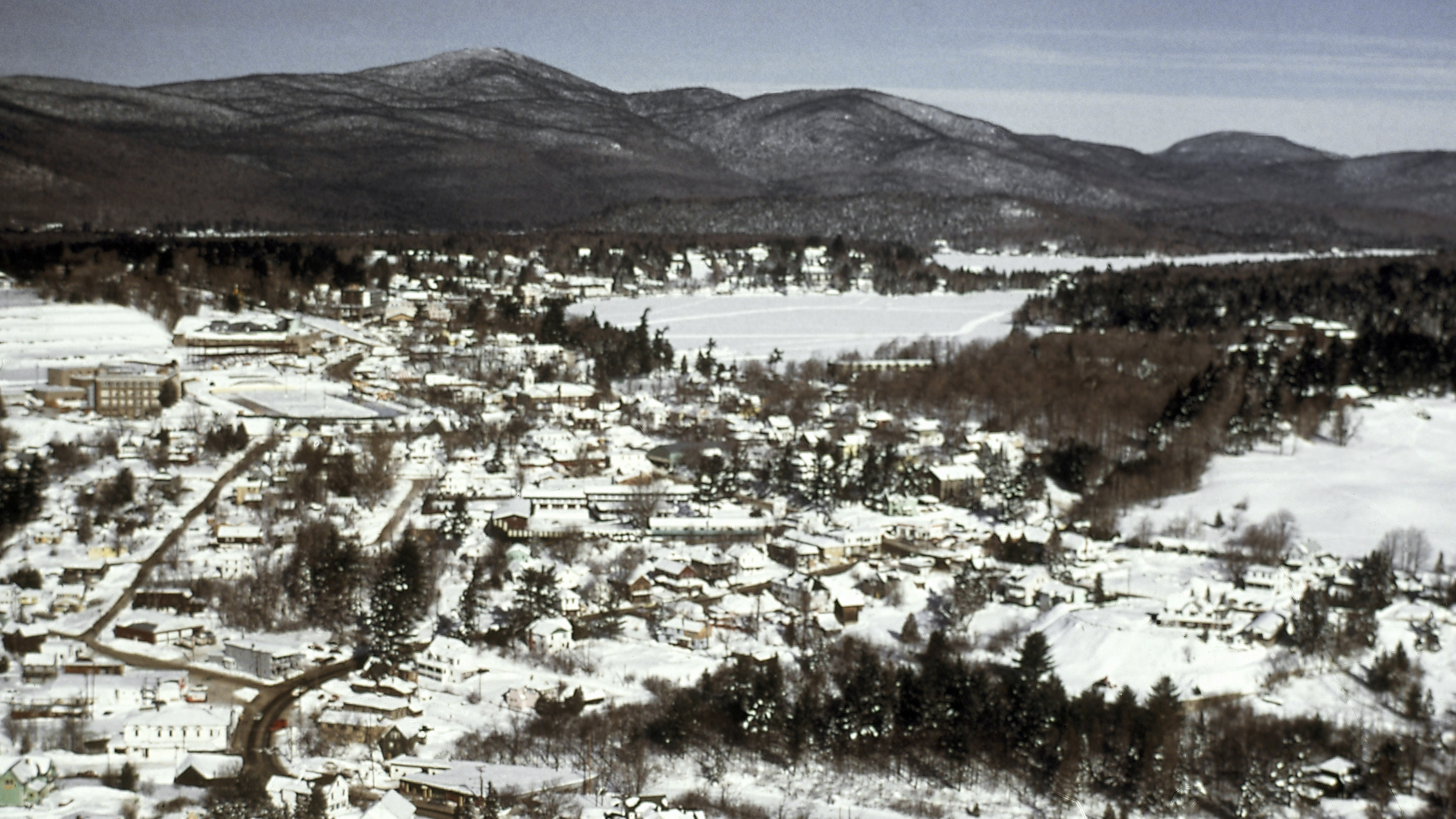
Everything else, like World Cups, world championships and the World University Games, remain within reach and have been clearly prioritized. Lake Placid has been a major piece of the winter sports puzzle globally for a century, and has no plans on giving up that spot anytime soon.
“You look at all the roles that everyone played within this community to make that Olympics happen,” said figure skater Scott Hamilton, who carried the U.S. flag into the opening ceremony in 1980. “Sarajevo was bigger and then you got into Calgary, which was gigantic and it just sort of like spiked. But I think Lake Placid and what happened here really ignited greater interest in the Winter Olympics. I really think we could see the miraculous things that happened.”
If Lake Placid gets its way, more miracles await.



